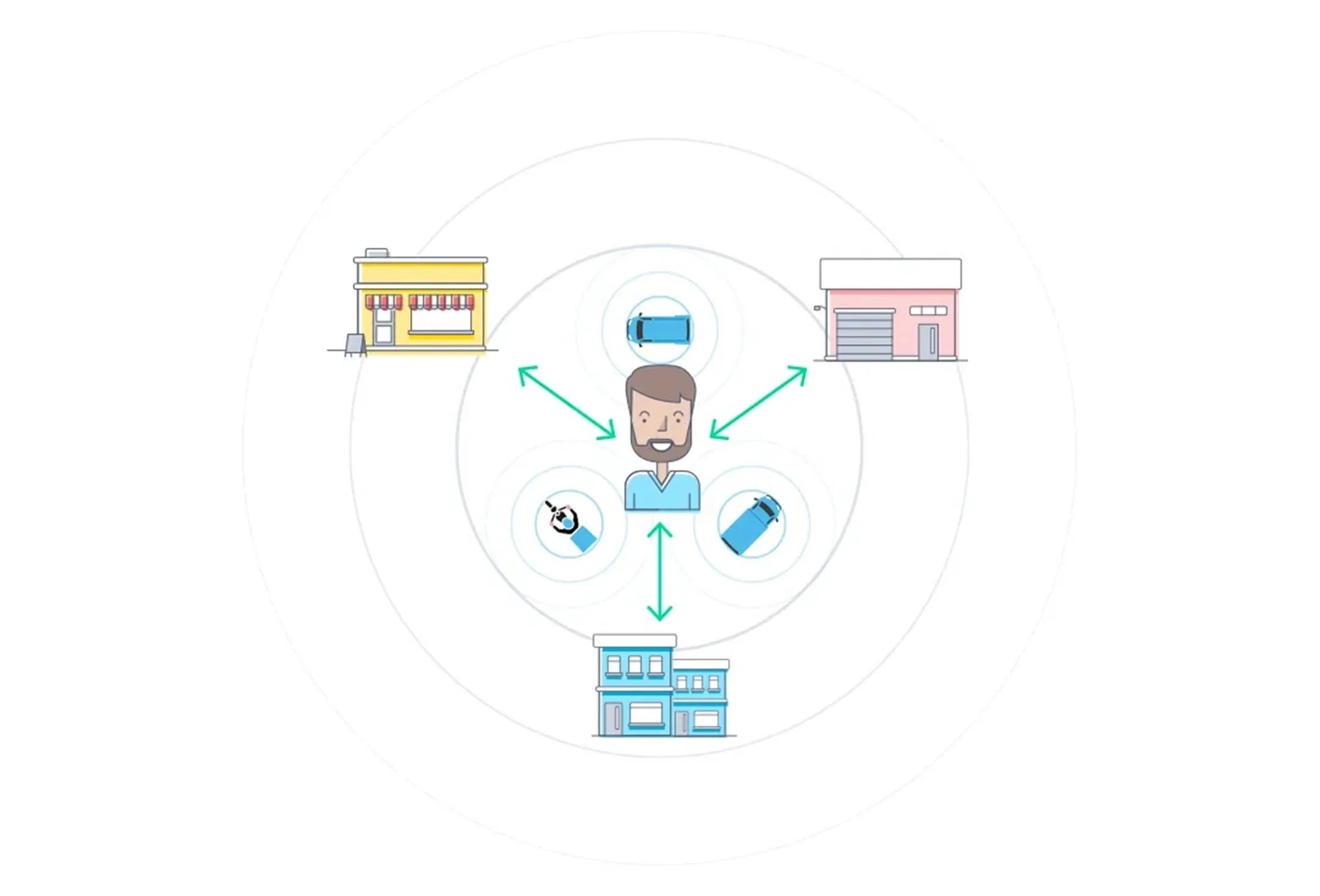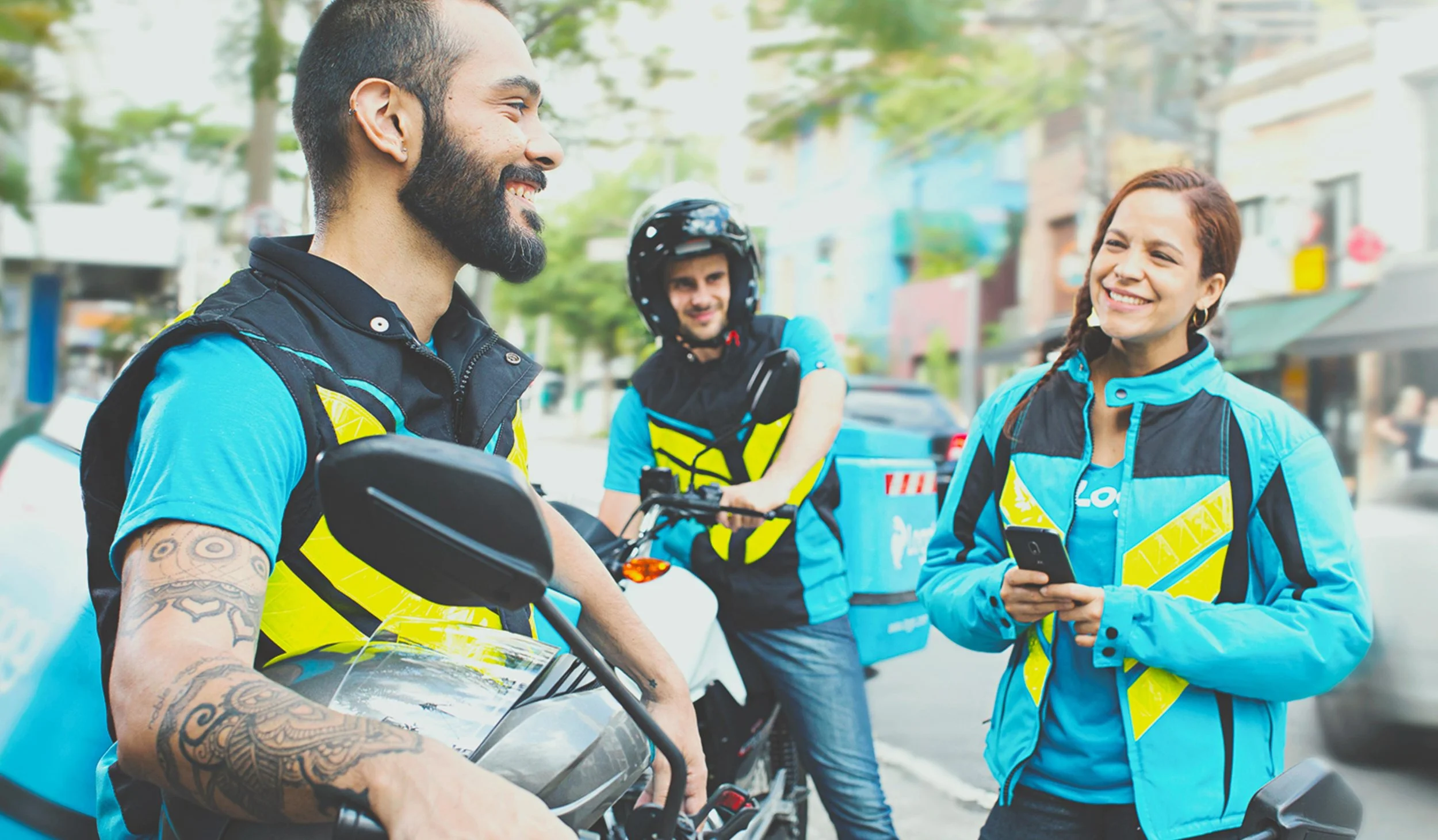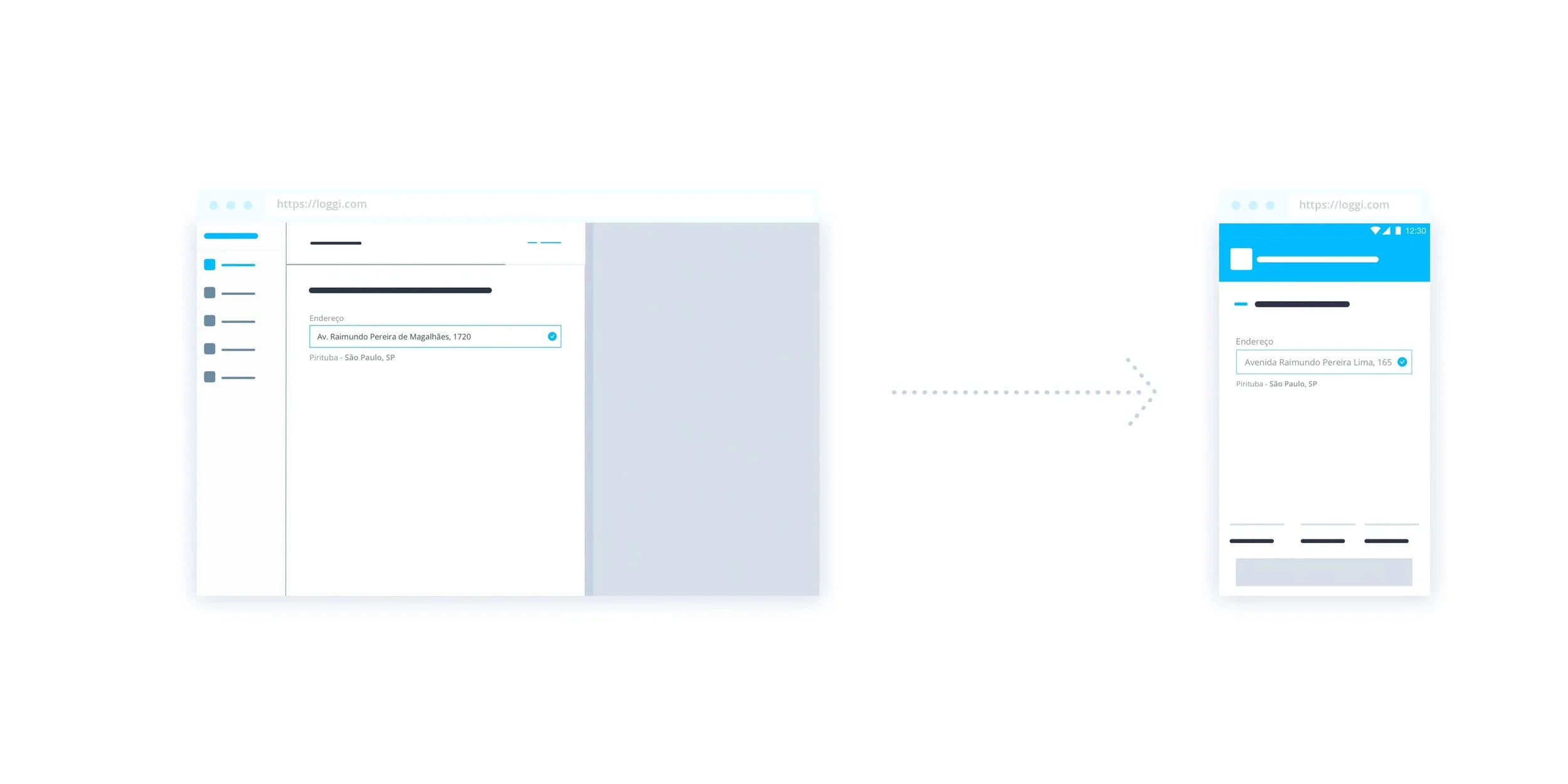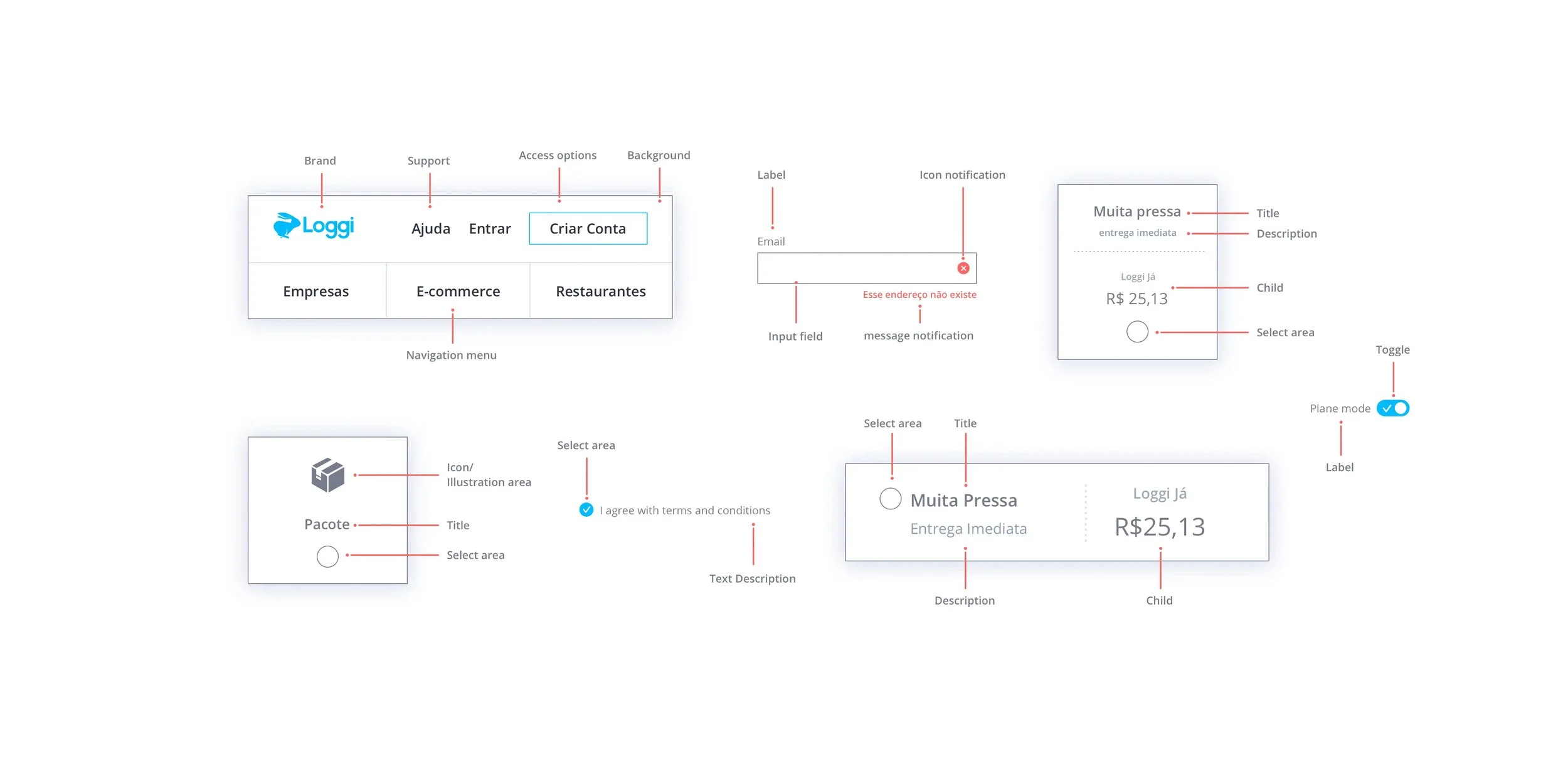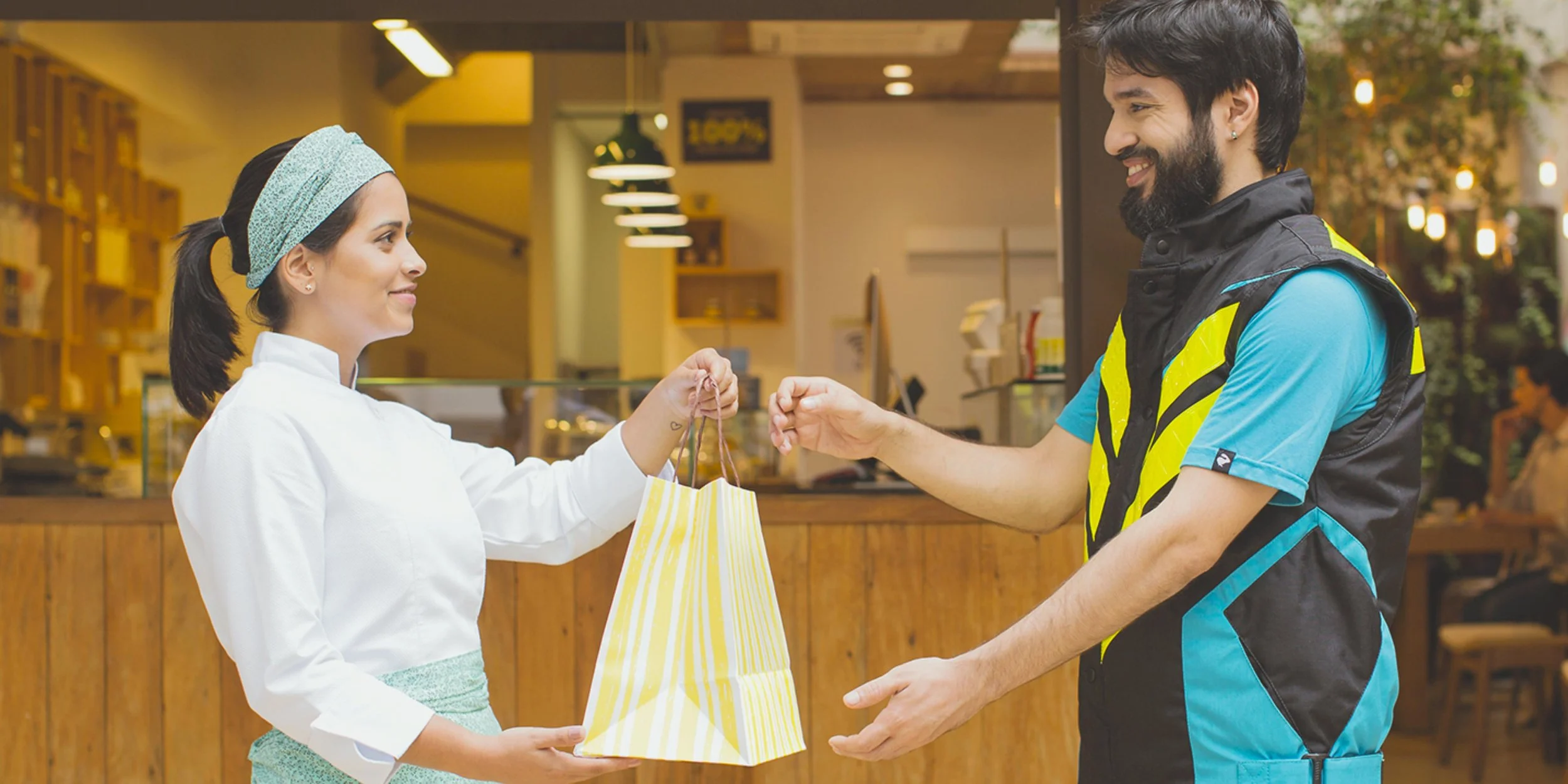Designing Loggi from the scratch: a end-to-end supply chain, all in one platform
My role
Design Strategy, Interaction, UX/UI design, Prototyping & validation
Duration
3 months (Desktop MVP)
3 months (Mobile MVP)
Platform
Desktop and responsive
Mobile app
Team
3 Designers, 1 Product manager, +10 Engineers
The opportunity
Back in 2014, logistics in Brazil was completely inefficient.
I remember those days clearly — it was common to see "motoboys" (motorcycle couriers), not yet called “couriers,” just hanging out on the sidewalk, waiting for their next assignment. They’d pass the time chatting and joking around, with no real sense of urgency — neither from the companies they worked for nor from the drivers themselves.
This was exactly the kind of behavior that economic specialists would point to when saying: “Companies are missing out on major opportunities by failing to solve this fundamental challenge.” The reality was that logistics were a mess. Most businesses didn’t know what to do or how to improve.
But behind this inefficiency was a real, complex challenge: solving logistics in one of the largest countries in the world, where online shopping was growing rapidly, was no small task. Before Amazon even entered the market, same-day (D0) or next-day (D1) delivery simply didn’t exist in Brazil. There was no end-to-end package lifecycle, no meaningful tracking, and the delivery experience felt entirely disposable.
We had big ambitions. So, we decided to start from scratch — building a tech-logistics company designed to deliver world-class, same-day delivery at scale, across the entire country. E-commerce platforms, businesses, and restaurants all needed a player that could combine operations, cost-efficiency, technology, and reliability in one solution.
We had the opportunity to carve our own path. With funding from Series A through F (including everything involving SoftBank), we built our first cross-docking facility with sorters. As demand grew, we expanded by renting new spaces and scaling operations nationwide.
Our main challenge was building a hybrid service that could reduce the package lifecycle while delivering a seamless front-end experience and real-time UX tracking — all while balancing client demand with infrastructure limitations.
We needed to design a platform optimized for instant, point-to-point deliveries. For example, a customer should be able to send a package from their office and have it delivered faster than an Uber ride. Or, a small business should be able to fulfill multiple deliveries — up to 15 different locations — in one go, like delivering from point A to J efficiently.
To support such an ambitious end-to-end platform, we had to develop our core dispatch algorithm — a code-based intelligence engine — from the ground up.
In 2014, our CEO — known for his sense of humor — once said to the product trio in an aspirational moment:
"We will build world-class logistics”
UX and Design System Challenges
We carried out continuous discovery efforts to understand:
Courier preferences, behaviors, and mental models,
Business expectations and pain points,
Operational touchpoints within the platform,
Batch dispatching,
Real-time tracking,
Package returns,
No-shows
With the goal of building a world-class UX and UI experience, we invested significant time in execution and in developing our design system. This was essential to scale our impact and ensure consistency across all deliverables. We had to design multiple components of the user experience — including the platform interface, package tracking flows, the courier app, financial reports UI, multi-user access features, business APIs, and even a real-time food delivery interface.
What we delivery
Growth and Scale
After launching our MVP and delivering continuous updates, we began having deeper conversations about our long-term vision: connecting the entire country through logistics. One of our core ambitions was to significantly reduce the package lifecycle time within our cross-docking operations.
We knew that to connect major players and businesses at scale, we had to invest heavily in infrastructure — especially in automated sorters and high-volume dispatch capabilities. Our operations and product teams even traveled to Germany to visit top sorter providers. As a result, we purchased four industrial-grade sorters, each costing over $3 million. That investment marked a turning point — we had become one of the largest logistics players in Brazil.
Soon after, friends and their families began mentioning Loggi in everyday conversations — talking about how quickly their e-commerce packages were being delivered. People began to expect faster deliveries. E-commerce grew rapidly, just as we had predicted, and online shopping became a daily habit.
We connected Brazil.
Connecting Brazil
New Challenges
By 2014, couriers had become incredibly productive — earning money faster than they ever imagined.
But with that success came new challenges. Many couriers began raising concerns: the volume of packages, safety issues, the physical limits of how much they could carry, long working hours, no-shows, pricing inconsistencies, and more.
We made significant investments in our internal teams to increase our capacity and support. Key areas like customer and courier support, operations, finance, risk management, engineering, design, and sales all expanded rapidly to keep up with — and continue growing — Loggi’s supply and demand.
Couriers started becoming well-known in their communities because of the financial transformation they experienced. Their behaviors changed — they became deeply focused on delivering with speed and efficiency. We heard many stories: couriers who built homes, bought cars, or paid for their children's college education — all through their work with Loggi.
In truth, Loggi connected Brazil. Over the past nine years, Loggi has changed habits and created entirely new behaviors — for businesses, companies, drivers, and especially for couriers.

